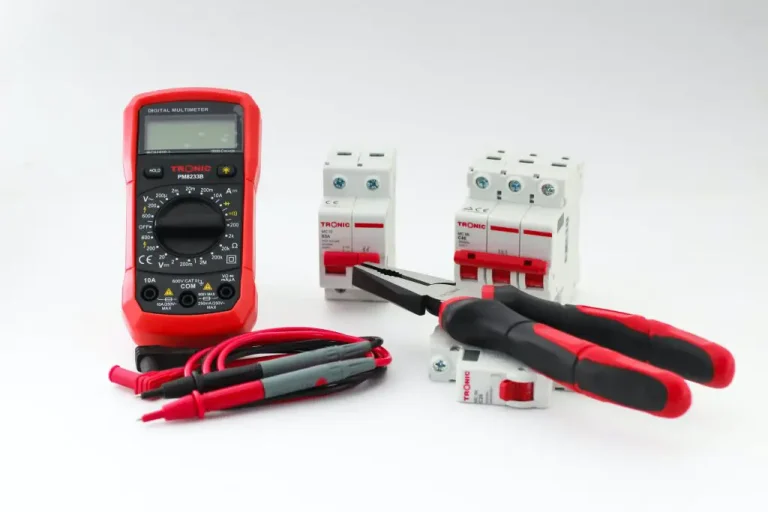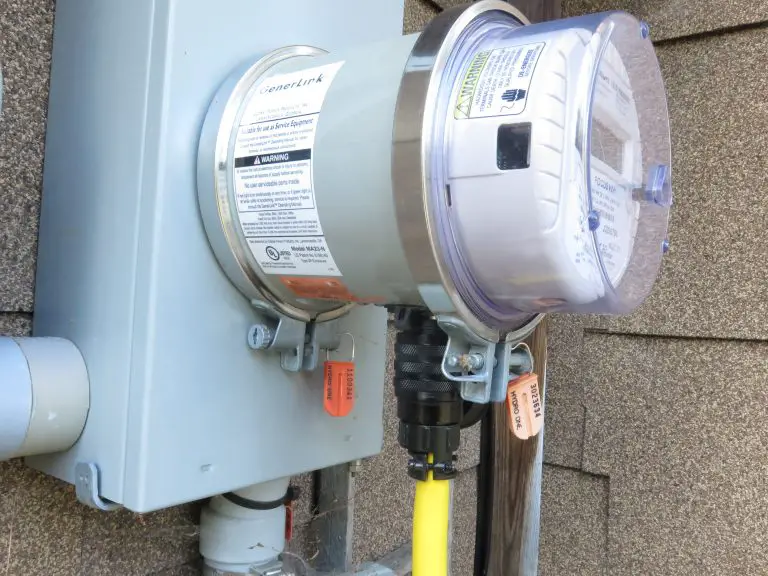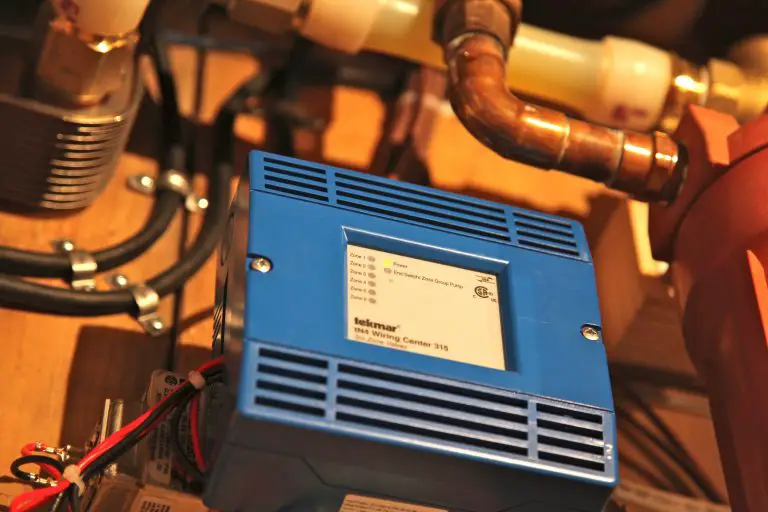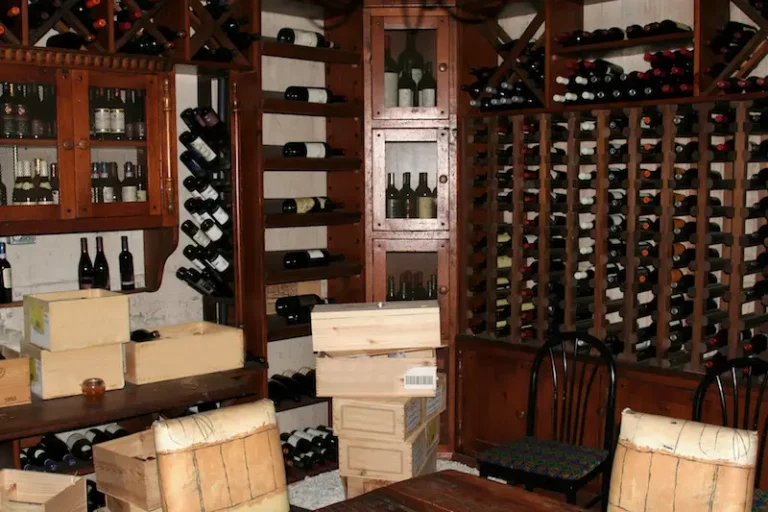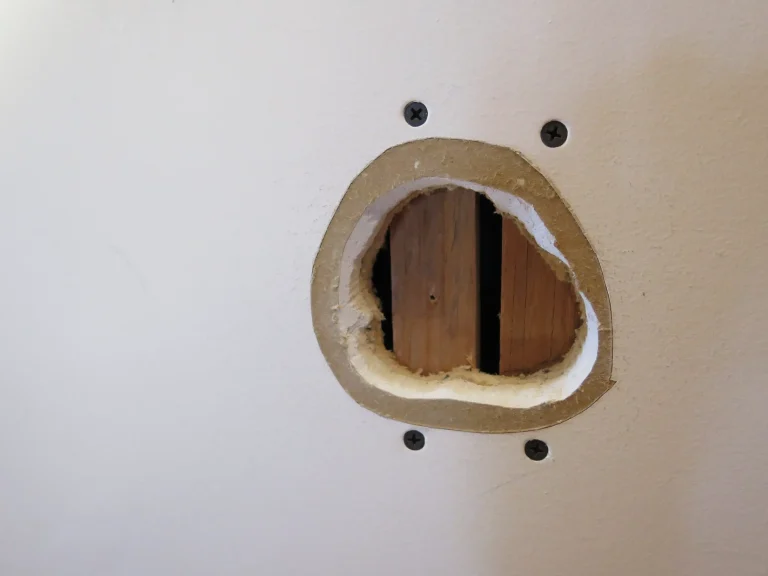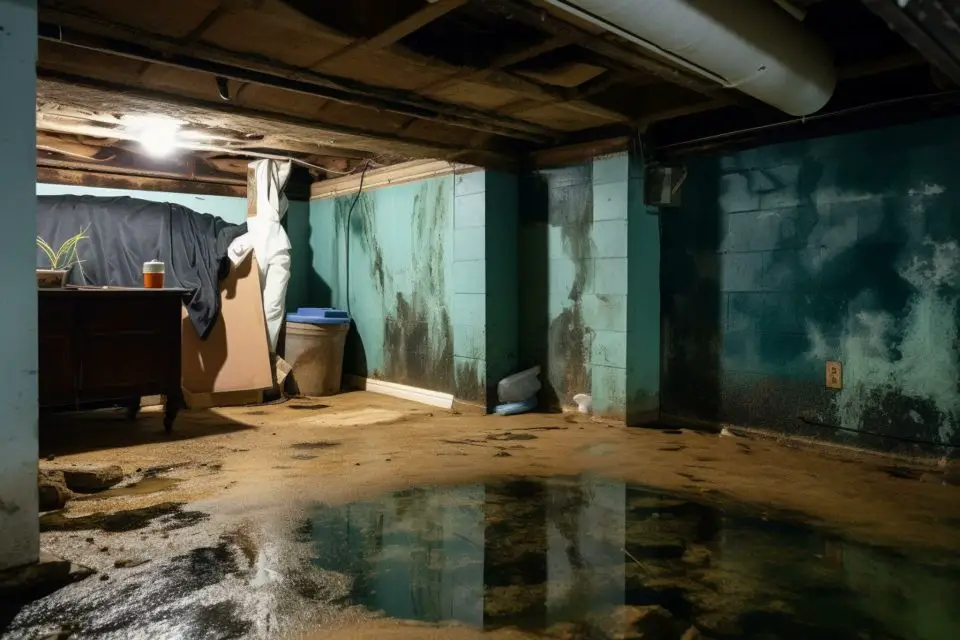
Discovered mold in your basement? It’s a common problem, but unwelcome nonetheless. Mold can not only reduce your property value, but also trigger health problems for you and your family. This guide empowers you to take action. We’ll break down the factors affecting basement mold removal costs and provide tips for preventing future mold growth. This guide breaks it down for you.
Cost of Mold Remediation
Mold remediation cost depends on the size and intensity of the infestation, and here are some guidelines to go by.
Small patches (less than 10 square feet) might be surface mold growth on a basement wall due to a minor leak. These can be handled on your own if you’re handy, or you can call a pro. You’ll need to account for the potential cost of cleaning and containment.
Moderate infestations (10-100 square feet) typically involve mold on walls, ceilings, or around pipes due to ongoing moisture issues. In this case, you’ll need to account for the cost of professional remediation, including containment, cleaning, and some material disposal.
Large-scale Infestation (over 100 square feet) can cover entire rooms and often affect structural parts of the building. You’ll typically need to budget for comprehensive remediation, including containment, cleaning, material disposal, and potentially some structural repairs.
DIY vs. Professional Mold Removal Services
You may be tempted to go for DIY mold removal, especially when the affected area is relatively small and the mold is non-toxic. This method, while cheaper, comes with risks as improper cleaning can spread spores and worsen the mold problem if you’re not detail oriented. If mold covers more area than a sheet of plywood, better seek licensed professional help.
Going for the services of mold removal professionals may set you back a few coins, but what you get in return is proper containment, safe and effective cleaning methods, and identification of the mold type. This reduces health risks, and lowers the chance of mold reoccurrence.
Types of Molds
There are two common types of mold: toxic and common. Common mold (e.g., Cladosporium, Penicillium) is the most frequent type and can usually be addressed by qualified remediation professionals. Toxic mold (e.g., Stachybotrys chartarum, aka black mold) poses a greater health risk and often requires stricter containment procedures and specialized cleaning techniques. Expect to pay more for remediating toxic mold due to the additional safety protocols and potentially more complex cleaning methods.
Remediation Methods
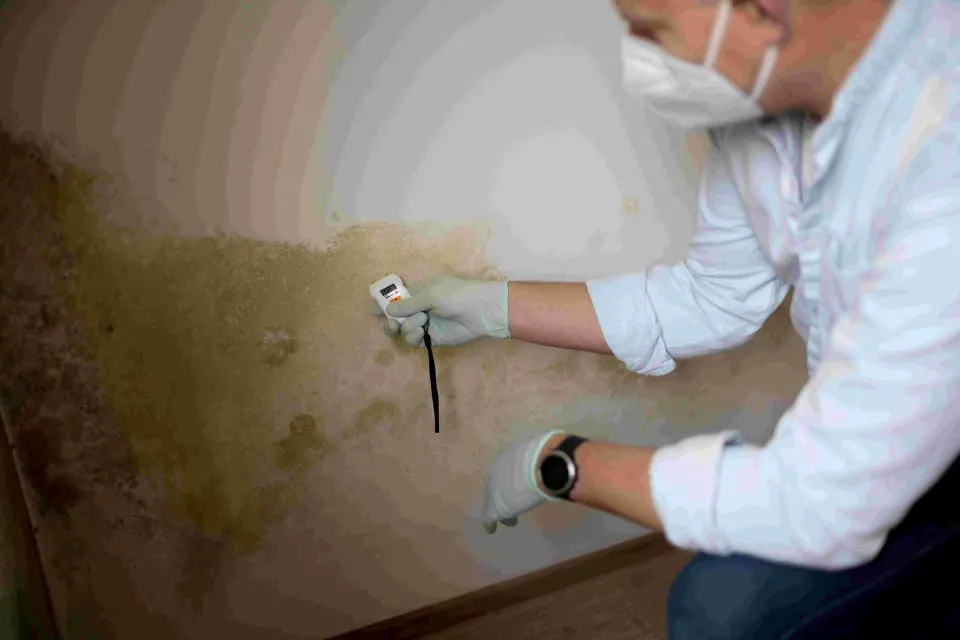
Small areas of non-toxic mold call for simple cleaning, which might involve using approved fungicides or HEPA vacuums. However, for larger infestations or when dealing with toxic mold, expect professionals to use physical barriers and air scrubbers to prevent mold spores from spreading throughout the house.
They may also need to media blast (using pressurized air and abrasive material to remove mold from porous surfaces like concrete). The complexity of the remediation methods will significantly impact the cost.
Disposal of Mold-Infected Materials
The disposal of materials after cleaning is a constant reality. Non-porous materials like concrete and metal are easier to clean and save. Porous materials like carpets and drywall might need to be removed and disposed of in a special facility. This can add hundreds or even thousands of dollars to the overall cost, particularly if the materials are in larger quantities.
Repairs Needed After Mold Removal
Depending on the extent of the infestation, you may find yourself facing expenses related to drywall replacement and flooring repairs. Also, If mold has affected carpeting or basement flooring, they might need to be replaced to prevent future growth.
The extent of repairs needed after mold removal will depend on the severity of the infestation. Factor in replacement costs for drywall, flooring, or other affected materials. By considering these factors, you can get a better understanding of the potential costs involved in tackling basement mold removal.
Preventing Future Mold Growth
Conquering basement mold is just one battle. Here’s how to win the war and prevent its unwelcome return. As you might imagine, moisture is the big issue.
Moisture Control Strategies: Mold thrives in damp environments. Invest in a dehumidifier to maintain consistent humidity levels below 60%. Also, increase airflow by opening basement windows when weather permits.
Maintaining a Clean and Dry Environment: To maintain a clean and dry environment, declutter regularly to reduce places for mold to hide and moisture to linger. You should also address any sources of water intrusion like leaky pipes or condensation on windows immediately.
Remember to clean and disinfect basement surfaces too. A registered fungicide kills mold and mold spores, greatly reducing the chance of reinfestation.
Addressing Potential Sources of Moisture Leaks: Start by inspect foundation walls and floors for cracks. Seal any that you find with a waterproof sealant to prevent water seepage from outside. Also, grade the soil around your house to slope away from the foundation will help direct water away from your basement walls.
In Closing
Mold in your basement is an unwelcome sight, but it’s also something that can very well happen. If it does, make sure you’ve got remediation experts at hand to help you get rid of it before it becomes a big issue. And when it’s over, use the tips you’ve learned to ensure mold problems remain in the past.







